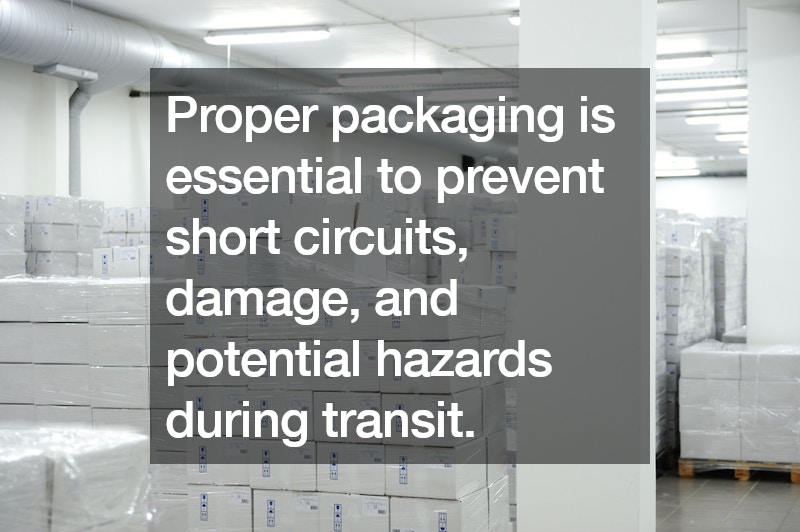Shipping batteries can be a complex process due to their potential hazards and regulatory requirements. Whether you’re a business or an individual, understanding the nuances of battery transportation is crucial to ensure safe and compliant shipping. Here’s what you need to know before shipping batteries.
Understand Regulations
Battery transportation is regulated by various international and national agencies, including the International Air Transport Association (IATA) and the U.S. Department of Transportation (DOT). These regulations classify batteries, especially lithium-ion and lithium-metal types, as dangerous goods due to their potential to overheat and cause fires. Familiarize yourself with the specific regulations that apply to your shipment to avoid penalties and ensure safety.
Proper Packaging
Proper packaging is essential to prevent short circuits, damage, and potential hazards during transit. Use original packaging if possible, or ensure that batteries are individually packed in non-conductive materials and placed in sturdy containers. For lithium batteries, follow the packaging instructions outlined in UN 3480 (lithium-ion batteries) and UN 3090 (lithium-metal batteries).
Labeling and Documentation
Accurate labeling and documentation are critical for battery transportation. Clearly label the package with appropriate hazard labels and ensure that shipping documents include necessary details such as the type of battery, watt-hour rating, and compliance with relevant regulations. Proper labeling informs handlers and carriers of the contents and any special handling requirements.
Choose the Right Carrier
Not all carriers accept shipments containing batteries due to the associated risks. Select a carrier experienced in handling hazardous materials and ensure they are aware of the battery contents. Verify that the carrier complies with all regulations for battery transportation to avoid any issues during transit.
.

